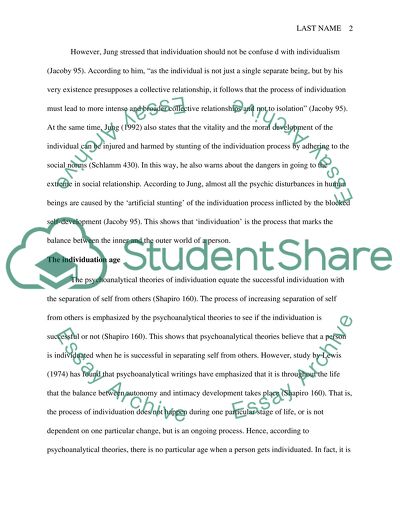Cite this document
(“Wholeness Essay Example | Topics and Well Written Essays - 3000 words”, n.d.)
Retrieved from https://studentshare.org/literature/1615210-wholeness
Retrieved from https://studentshare.org/literature/1615210-wholeness
(Wholeness Essay Example | Topics and Well Written Essays - 3000 Words)
https://studentshare.org/literature/1615210-wholeness.
https://studentshare.org/literature/1615210-wholeness.
“Wholeness Essay Example | Topics and Well Written Essays - 3000 Words”, n.d. https://studentshare.org/literature/1615210-wholeness.


